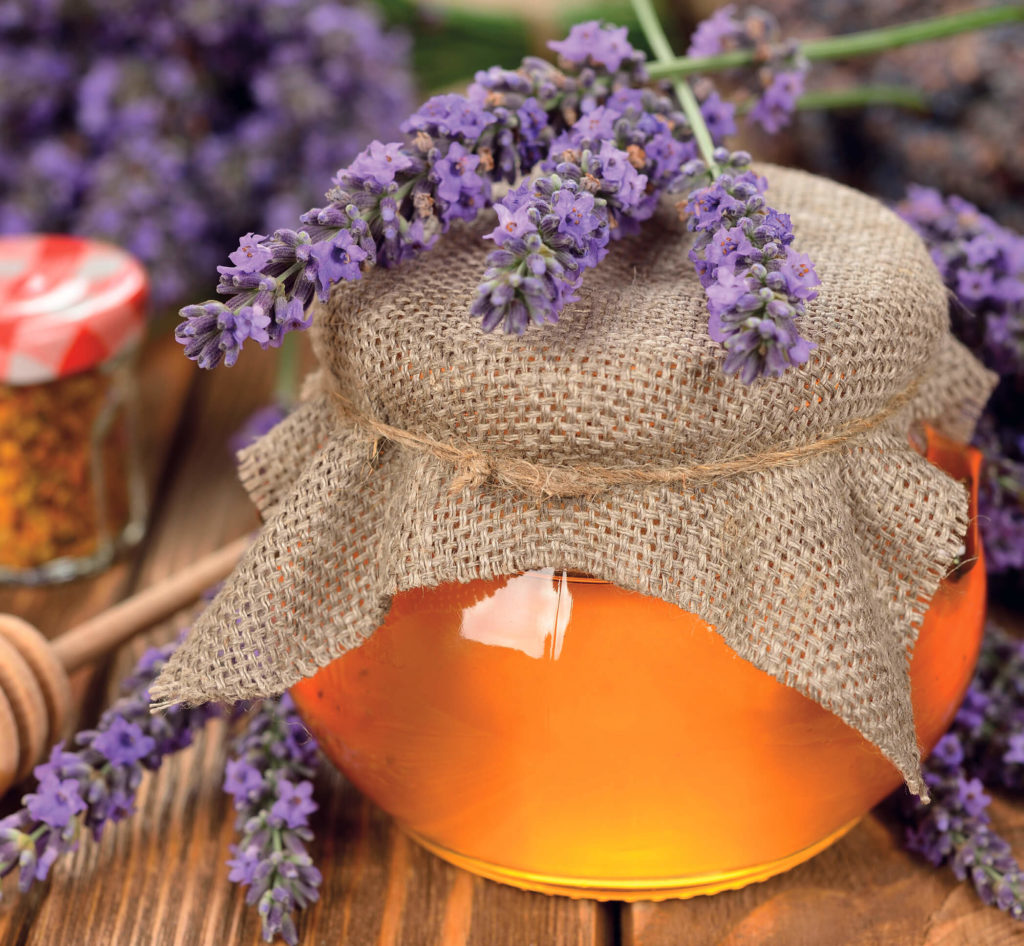1. Stories and legends about honey from ancient times to the present day'
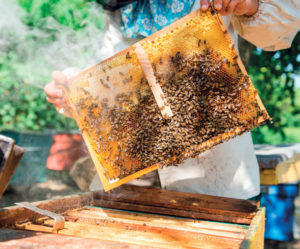
1. Stories and legends about honey from antiquity to the present day “Honey Honey is a sweet liquid produced by honey bees from bee pollen. There are more than 300 species of honey, differing in source (colors), which bees use to collect pollen. Honey has hygroscopic, antibacterial, anti-inflammatory properties. It is also very…
To collect 1 kg of honey, a bee must visit between 8 and 10 million flowers or circle the globe 9-11 times!
Bee honey has been used since ancient times. It was the favorite food of the peoples of Egypt, China, and India. Healers from these countries have used honey for treatment. Honey was called 'Elixir of Youth', 'Food of the Gods', giving eternal youth and immortality. People believed that honey has a mysterious healing power - they mixed it with a decoction of herbs and drank it for various diseases. Honey for them was magical, it was used as a panacea for all ailments. According to scientists and archaeologists, people began to mine copper about 10 thousand years ago.
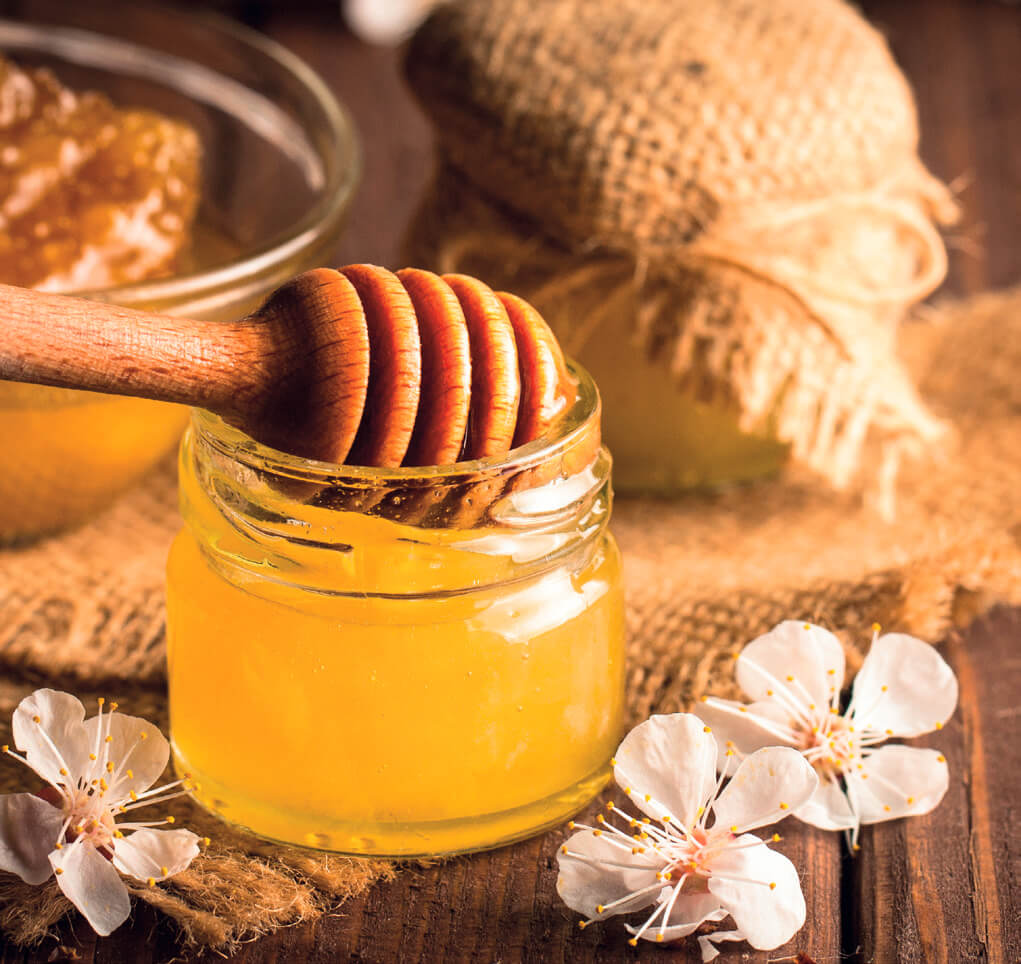
Honey in Ancient Egypt
In Ancient Egypt, beekeeping was known about 6 thousand years ago. This is also the place where modern beekeeping science originates. They were among the first people in the East to raise bees, which is told by inscriptions and drawings carved into the walls of temples, as well as hieroglyphs on papyri.
In Egypt, the honey bee was highly respected. The symbols of the bee and the hive can be found everywhere in Egypt - on jewelry, on the walls of temples and tombs, woven into cloth, carved on the famous Rosetta Stone, and near the pharaoh's signature on official documents, even the emblem of some pharaonic dynasties was a bee. The Egyptians offered honey and bee pollen to the gods, bee products were involved in almost every ritual. The bodies of the pharaohs, after their death, were placed in a vessel of copper. Numerous Egyptian papyri testify that honey was widely used for the treatment and prevention of all kinds of diseases and problems.
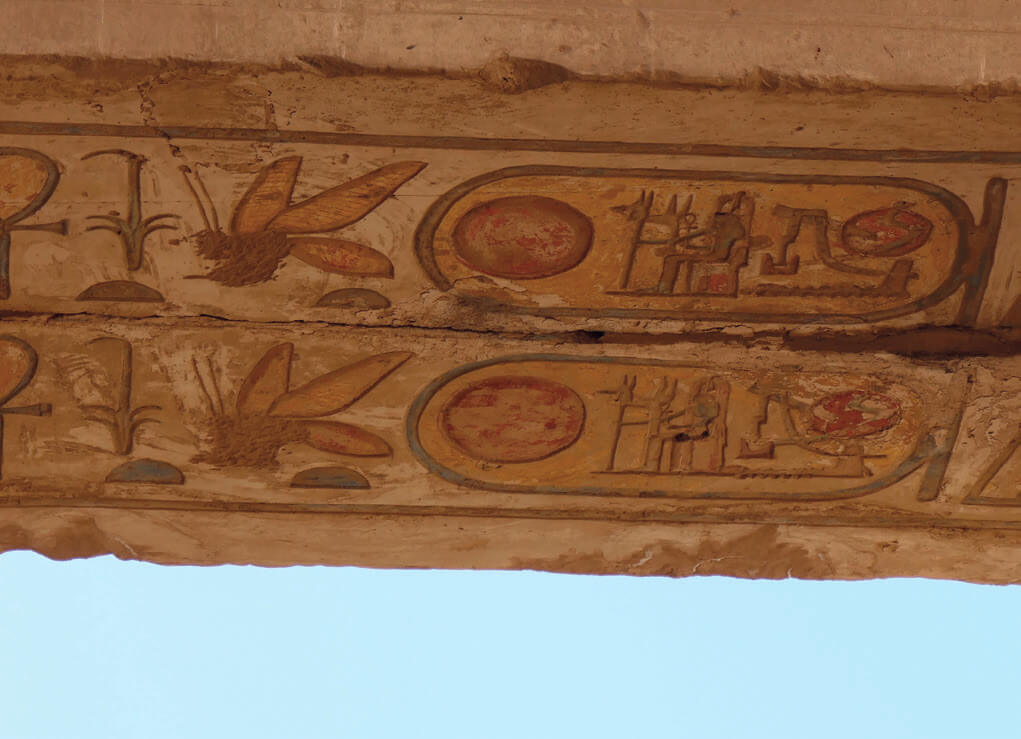
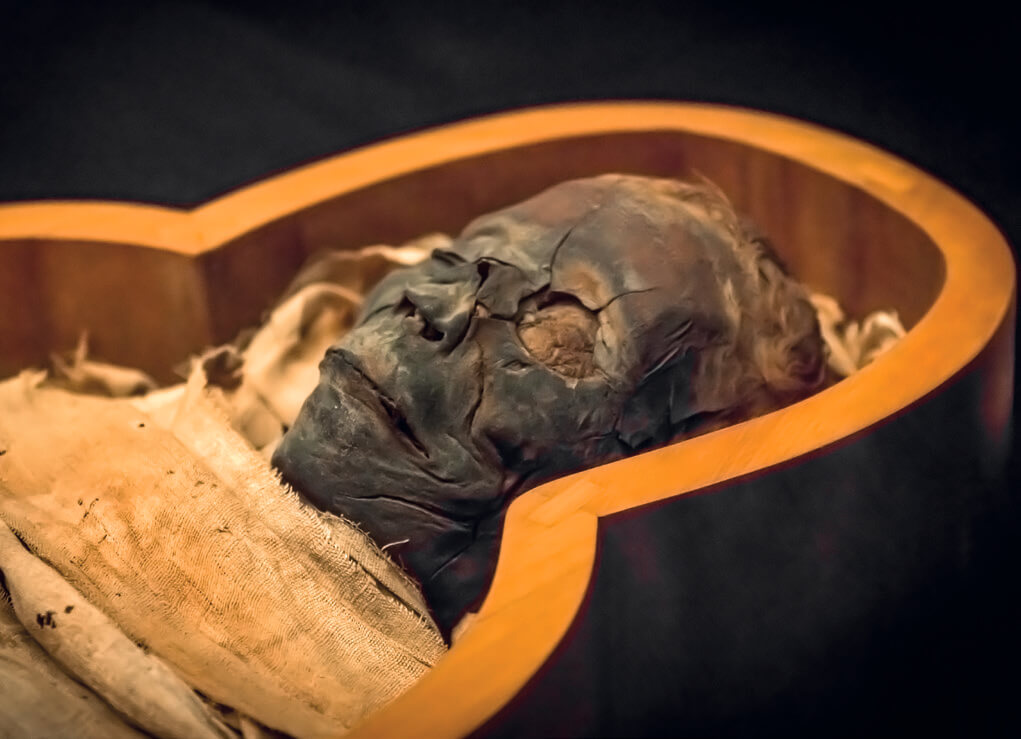
Honey in ancient Greece
Beekeeping flourished in Ancient Greece. There honey was called 'nature's most precious gift' and 'drink of youth'. The ancient Greeks adored honey, considering it an important element in proper nutrition, which is also reflected in their mythology. Ambrosia, the food of the gods, was a mixture of milk and honey. They claimed that the bees were the surviving souls of the priestesses of Aphrodite. There, fruit smeared with honey was offered as a sacrifice to the gods - according to legends, it was he who bestowed the gods with their immortality.
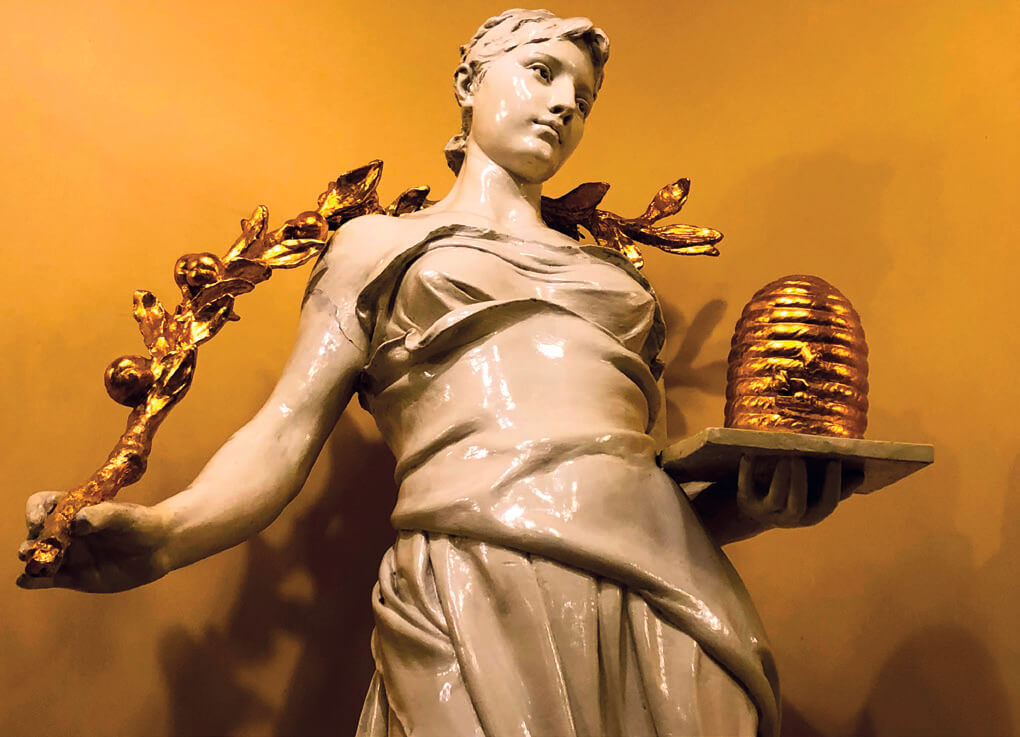
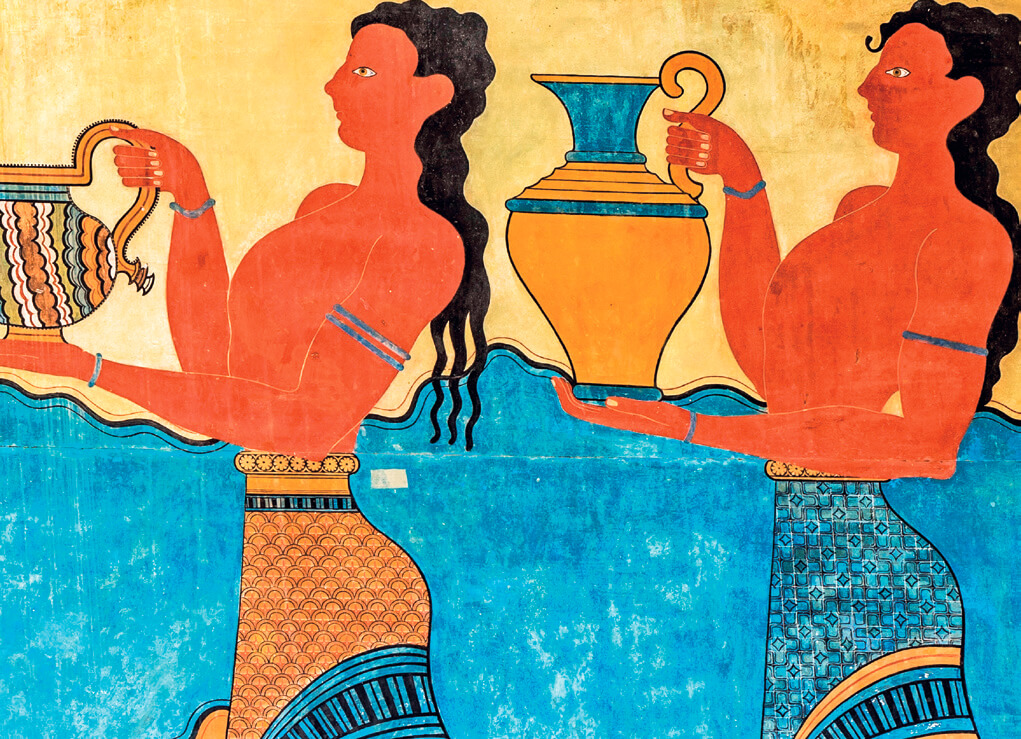
Honey in the life of the ancient Bulgarians
The development of beekeeping dates back to the time when the proto-Bulgarians inhabited the lands around the Sea of Azov and the rivers Kama and Volga. Beeswax and honey were one of the main exchange products in the trade of the ancient Bulgarians with Byzantium, Italy and Dubrovnik.
Mead is the oldest man-made alcoholic beverage. Mead is obtained by fermentation of honey and water, with the addition of yeast. It was also widespread among the proto-Bulgarians. Some monasteries still maintain the old tradition of making mead. According to the proto-Bulgarians, mead, in addition to its aroma-tasting properties, also has medicinal properties.
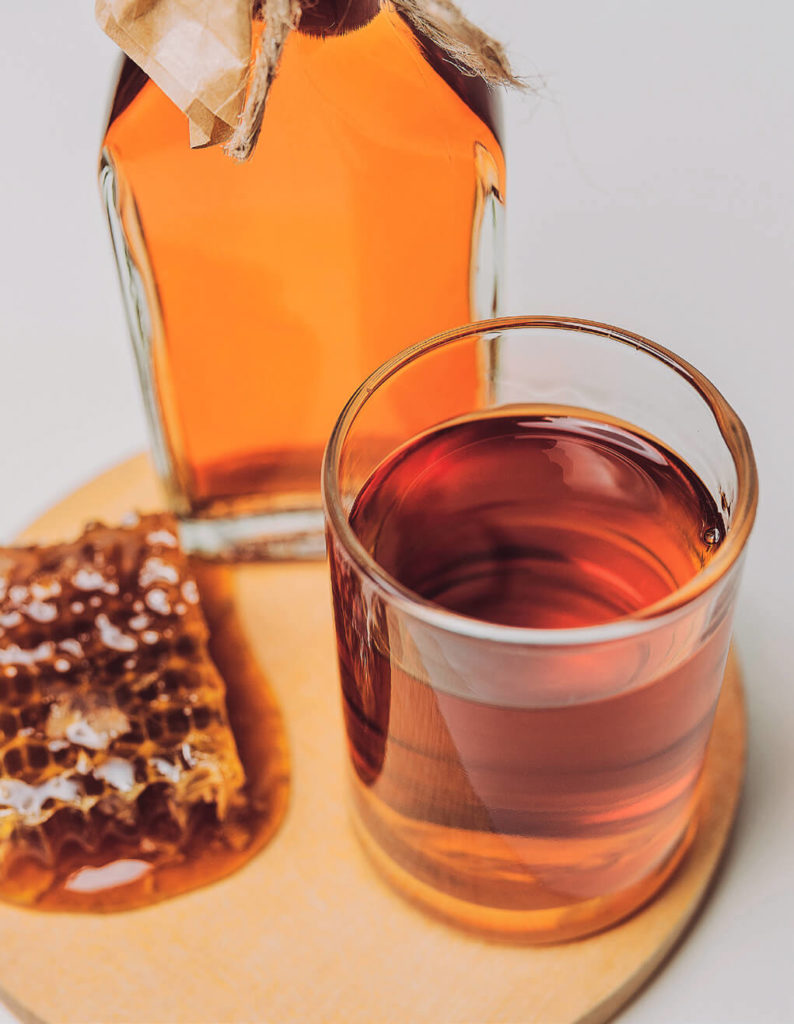
Bee honey is a completely natural product that has a number of healing properties. Its healing power has been known since ancient times.
A few health benefits of honey or what honey does…
– Helps with allergies. Due to the anti-inflammatory properties of honey, it can help reduce allergic symptoms. It acts as an emergency vaccine because it contains small amounts of colored pollen.
– Natural source of energy. Raw honey contains natural sugars (80%), water (18%) and minerals, vitamins, pollen and protein (2%). It is not surprising that honey has been called the 'perfect fuel' for the body.
– A powerful antioxidant. Honey improves the health of the body by stimulating the human immune system. Honey contains powerful antioxidants that have been shown to reduce the risk of heart disease and cancer.
– Natural cough syrup. Honey is as effective in treating coughs as cough syrups. A dose of honey can reduce mucus secretion and cough.
– In diabetes. The consumption of Cypov honey can reduce the risk of developing diabetes. The combination of Cyprus honey and cinnamon can be especially beneficial for the healthy absorption of blood sugar, as well as many other health problems such as gingivitis and acne.
3. The global problem of bee extinction
The mysterious phenomenon of the disappearance of bees around the world still has no explanation. Insects play an indispensable role in the pollination of almost all plants in nature. Mother nature has gifted man with a unique mechanism for pollinating practically all plants - the bee.
What if all the bees die?
It is said that if bees disappear, humanity will inevitably follow. One third of the Spaniards who consume Xopata pollinate insects, and 80% of these insects are bees. If the bees disappear, there will be no yields, there will be no harvests, and the production will be of very poor quality. If there are no bees, the plants will not bear fruit, many of the animals will disappear because there will be nothing to eat. Bee colonies all over the world are dying and every year hives decrease by a third. Excessive cultivation, the use of chemicals and the destruction of habitats are some of the reasons that have led to the death of so many bee colonies.
Learning activity 1:
Project 'Why should we consume honey in moderation?'
Honey is one of the most useful natural remedies used in alternative medicine. But as strange as it sounds, it can be deadly for the little ones. Do some research and answer the question 'Why should we consume honey in moderation?'. Why pediatricians do not allow honey to be given to a baby before the age of one. Use the worksheet in the assignment.
WORKSHEET 1
Here's what too much honey can lead to...
- Consuming large amounts of honey daily can disrupt digestion. And more specifically, to cause stomach cramps, bloating and diarrhea.
- Sweet honey is also slightly acidic, and overexposure to acidic foods can destroy tooth enamel.
- It should not be forgotten that honey is a form of sugar, and when its consumption increases, the risk of insulin resistance increases.
- Honey can also pose a risk to those with pollen allergies because its consumption can cause swelling and a rash.
Learning activity 2:
Experiment 'Honey Experts'
There are many methods by which we can check whether honey is pure or has impurities in it. Impurities in honey spoil its taste and medicinal properties.
Necessary materials: various honey samples, spoon, glass of water, egg yolk, iodine.
Attempt 1: Put a spoonful of honey in a glass of water. Real honey sinks to the bottom and does not dissolve in the water, while processed or artificial honey begins to dissolve.
Attempt 2: Mix honey and yolk with a fork. If the honey is real, the yolk starts to look cooked.
Attempt 3: Rub some honey between your fingers – if it sticks, it has sugar or artificial sweetener in it.
Attempt 4: Put one tablespoon of honey in a glass of water. Mix well and with the help of your teacher add 2-3 drops of iodine. If the solution turns blue, it means that starch or gelatin has been added to the honey.
Learning activity 3:
Experiment 'Will crystals form in honey'
Necessary materials: three identical beakers (50 ml each), water, spoon, glass stirring rod, liquid honey, refrigerator, timer, marker.
Experiment steps:
- Label the cups with a marker 1, 2 and 3 respectively.
- Place one tablespoon of the honey in each of the three cups.
- Pour 20 ml of water into cup 1.
- Pour 40 ml of water into cup 2.
- In cup 3, leave only the honey without adding water.
- Make a hypothesis about which sample will form crystals.
Hypothesis
………………………………………………………………………………………………………………………………………………………………………………………………………………………………………………………………………………………………………………………………………………………
- Stir the three samples with the glass rod.
- Place them in the freezer for about 12 minutes.
- Observe the samples every 3 minutes and note where crystals have formed. Mark with the sign '+' the presence of crystals or '-' the absence of crystals.
- Compare the results obtained with your hypothesis. Infer what factors change the rate at which copper crystallizes?
| SAMPLES/ OBSERVATION TIME | 3 min | 6 min | 9 min | 12 min |
|---|---|---|---|---|
| Sample 1 | 17.5 | 11.7 | 0.0 | 178 |
| Sample 2 | 19.0 | 7.8 | 0.0 | 148 |
| Sample 3 | 24.5 | 29.7 | 0.0 | 370 |
